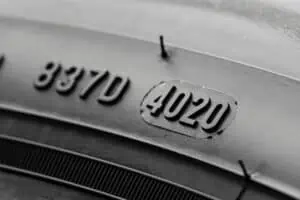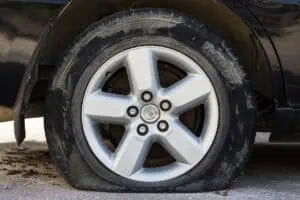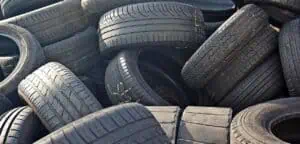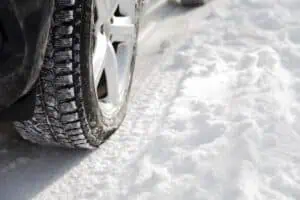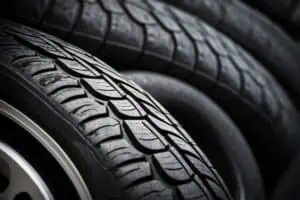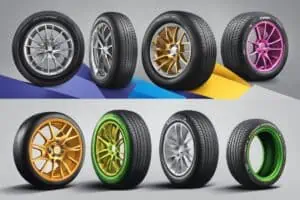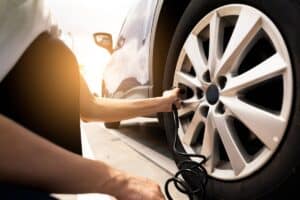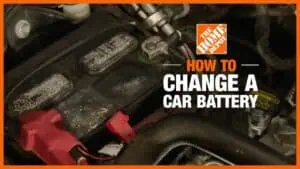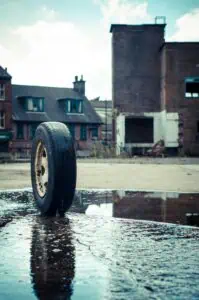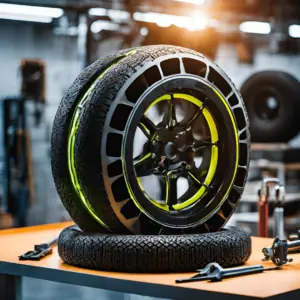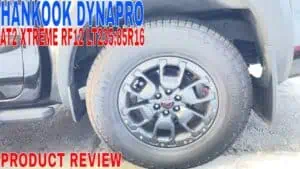As car enthusiasts, we’ve had our fair share of experiences with tires. We’ve driven through all kinds of conditions, and we’ve heard all sorts of advice – some good, some not so much. Today, we’re going to set the record straight on some common tire myths and give you the lowdown on how to really take care of those rubber rings that keep you rolling.
Myth 1: All-Season Tires Can Handle Any Weather Condition
Fiction: All-season tires are a one-size-fits-all solution for every climate.
Fact: While all-season tires are versatile, they’re not miracle workers. In our experience, they perform well in moderate conditions but fall short in extreme weather.
Tip: If you live in an area with harsh winters or scorching summers, consider switching to season-specific tires for optimal performance and safety.
Myth 2: You Only Need to Replace One or Two Tires at a Time
Fiction: It’s fine to replace tires individually as they wear out.
Fact: Replacing just one or two tires can lead to uneven wear and potentially dangerous handling issues.
Tip: We always recommend replacing all four tires at once. If that’s not possible, at least replace them in pairs and put the new tires on the rear axle for better stability.
Myth 3: The Pressure Listed on the Tire Sidewall is the Recommended Pressure
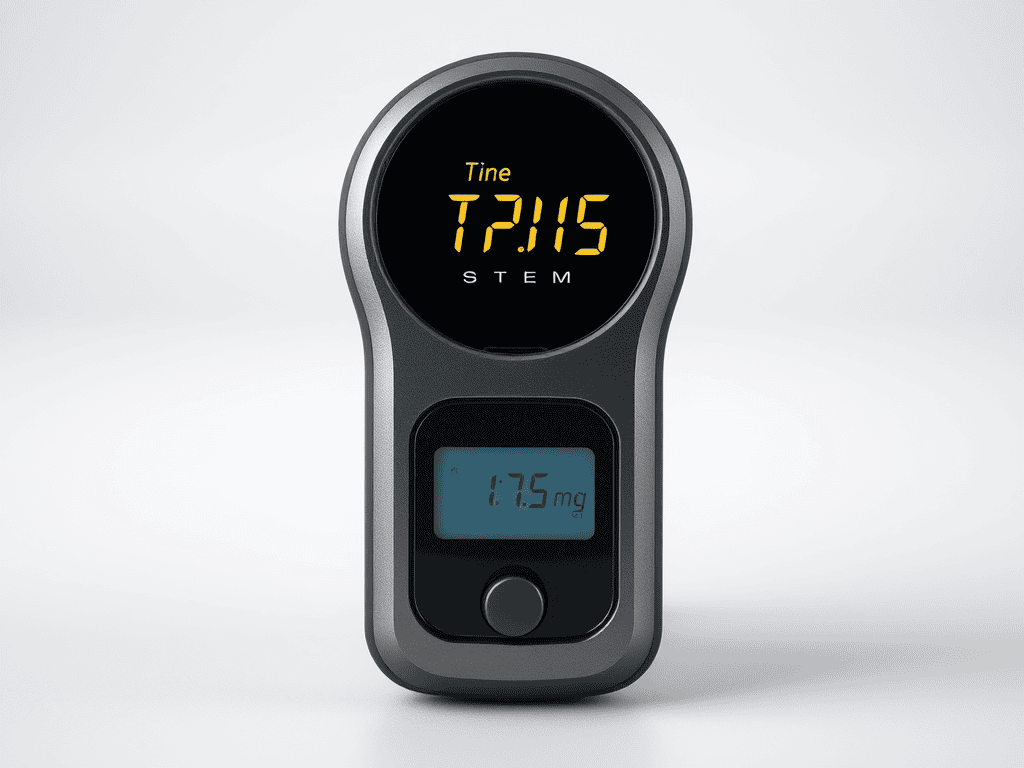
Fiction: The PSI number on your tire sidewall is what you should inflate your tires to.
Fact: That number is actually the maximum pressure the tire can handle, not the recommended pressure for your vehicle.
Tip: Check your vehicle’s owner manual or the sticker inside the driver’s side door jamb for the correct tire pressure. We’ve found that proper inflation improves fuel efficiency and extends tire life.
Myth 4: Tire Pressure Monitoring Systems (TPMS) Eliminate the Need for Manual Checks
Fiction: If your TPMS light isn’t on, your tire pressure is fine.
Fact: TPMS typically only alerts you when a tire is significantly underinflated (usually 25% below the recommended pressure).
Tip: We recommend checking your tire pressure manually at least once a month. It’s a quick task that can save you from premature tire wear and potential blowouts.
Myth 5: Premium Tire Brands Always Outperform Budget Brands
Fiction: You always get what you pay for with tires.
Fact: While premium brands often offer excellent performance, some budget-friendly options can provide good value for everyday driving.
Tip: Consider your driving needs and budget. In our testing, we’ve found that mid-range tires often offer a great balance of performance and affordability for most drivers.
Myth 6: Tire Chains Work in All Winter Conditions
Fiction: Tire chains are the ultimate solution for winter driving.
Fact: Tire chains can be effective in deep snow, but they’re not suitable for all winter conditions and are even illegal in some areas.
Tip: Check local regulations before using chains. For many drivers, a good set of winter tires is a more versatile and convenient option for cold-weather driving.
Myth 7: You Don’t Need to Rotate Your Tires if You Have All-Wheel Drive
Fiction: AWD vehicles distribute wear evenly, eliminating the need for tire rotation.
Fact: Even with AWD, tires can wear unevenly due to weight distribution and driving habits.
Tip: We’ve seen firsthand how regular tire rotations can extend tire life. Aim to rotate your tires every 5,000 to 8,000 miles, regardless of your drive system.
Myth 8: Nitrogen-Filled Tires Never Need Pressure Checks
Fiction: Nitrogen-filled tires maintain perfect pressure indefinitely.
Fact: While nitrogen does leak out more slowly than air, it doesn’t eliminate the need for pressure checks.
Tip: Whether you’re using nitrogen or regular air, make tire pressure checks part of your routine maintenance. It’s a simple step that can significantly impact your vehicle’s performance and safety.
Myth 9: Tire Tread Depth Only Matters in Wet Conditions
Fiction: As long as it’s not raining, low tire tread isn’t a big deal.
Fact: Proper tread depth is crucial for traction in all conditions, including dry roads.
Tip: Use the penny test to check your tread depth regularly. If you can see the top of Lincoln’s head when you insert a penny into the tread upside down, it’s time for new tires.
Myth 10: Overinflating Tires Improves Fuel Efficiency
Fiction: The more air in your tires, the better your gas mileage.
Fact: Overinflation can lead to reduced traction, uneven wear, and a harsher ride without significant fuel savings.
Tip: Stick to the manufacturer’s recommended pressure. In our experience, properly inflated tires provide the best balance of efficiency, comfort, and safety.
Conclusion
Understanding the truth behind these common tire myths can help you make informed decisions about tire care and selection. Remember, your tires are the only part of your vehicle that actually touches the road, so treating them right is crucial for your safety and your car’s performance.
When you put these tips to the test in real-world conditions, we can confidently say that following them will help you get the most out of your tires. Keep rolling safely, and don’t hesitate to consult with a professional if you’re unsure about any aspect of tire maintenance.
Happy driving, and may your journeys be smooth and your tires always properly inflated!
